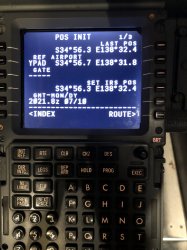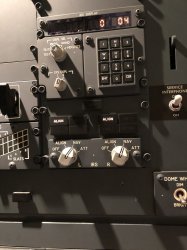juddles
Suspended
- Joined
- Aug 2, 2011
- Posts
- 5,283
- Qantas
- Platinum 1
Pilots, a couple of days ago I was a pax on the QF28 flight SCL-SYD that did a diversion to AKL due to a medical emergency on board. As per most of the questions in this thread, the following is nothing more than to satisy my curiosity, and to learn even more about flight and travel etc:
It would seem obvious to me that to make such a diversion (especially after we already had a three hour delayed departure from SCL), the consequences to the airline are very big. Would set off a chain of events and costs including everything from hotels for hundreds of pax and the need to get the whole network/dance of airframes back to normality. I also understand that making a call to divert is a hard thing in a medical case (would be so much clearer with a major mechanical malfunction) as the state of need of the pax must be very hard to judge.
What my specific question is, after such an event does some sort of debriefing/analysis/checking occur with the crew and decision makers?
It would seem obvious to me that to make such a diversion (especially after we already had a three hour delayed departure from SCL), the consequences to the airline are very big. Would set off a chain of events and costs including everything from hotels for hundreds of pax and the need to get the whole network/dance of airframes back to normality. I also understand that making a call to divert is a hard thing in a medical case (would be so much clearer with a major mechanical malfunction) as the state of need of the pax must be very hard to judge.
What my specific question is, after such an event does some sort of debriefing/analysis/checking occur with the crew and decision makers?
















